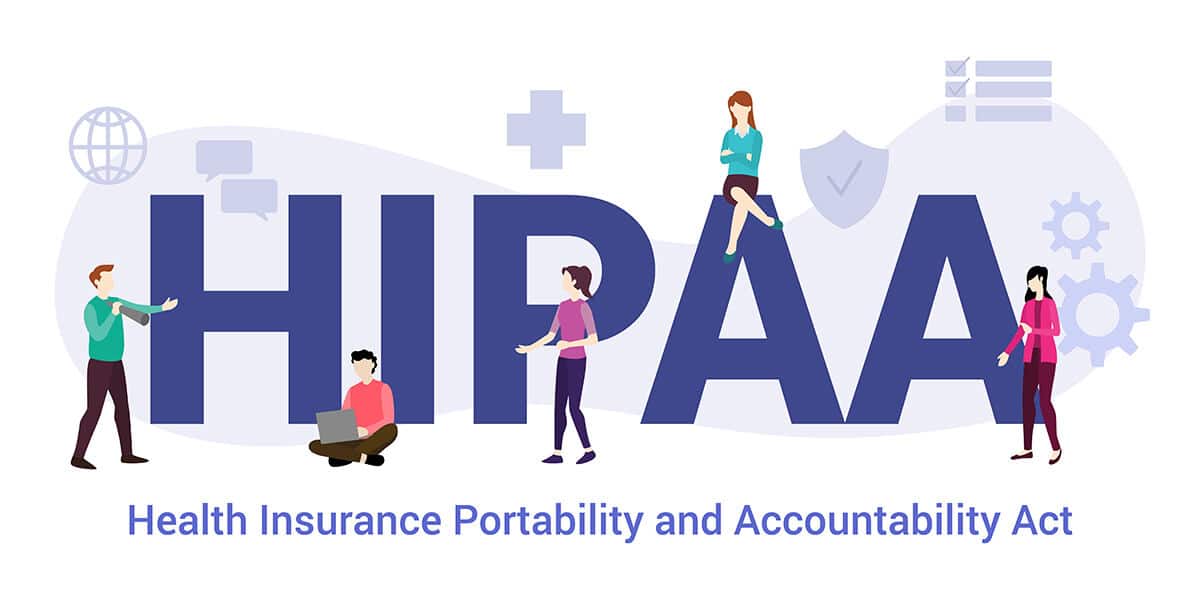Medical offices, hospitals, and other practices that hold onto electronic patient files often fall victim to malware, phishing attempts, or other risky data breaches. To help ensure that medical offices prepare for these problems, the HIPAA Security Rule makes it mandatory that practices perform HIPAA risk management assessments on a regular basis.
Understanding these security measures and the role of HIPAA in medical billing helps you keep your practice in good standing with the HIPAA Security Rule.
What Is the HIPAA Security Rule?
The HIPAA Security Rule dictates the physical and technical safeguards every medical practice should take to protect patient information from anticipated threats or hazards. Healthcare practices must protect electronic and physical patient records and ensure that their staff knows how to utilize all safety measures.
How to Conduct a HIPAA Risk Management Assessment
While the HIPAA Security Rule requires periodic risk analyses, performing these assessments help you recognize areas that need improvement to keep patient information protected. Perform your HIPAA risk management assessment with the steps below.
1. Determine How You Handle Patient Data
How does your practice handle, store, and transfer patient data? The answers to this question help you figure out what specific areas need assessment. Take note of all software and hardware you use, such as file transfer programs, online databases, and fax machines.
2. Analyze Current Safeguards
Go over your current security measures and see how well they respond to unauthorized access attempts. Record your attempts and compare them to previous risk assessment reports.
3. Identify Weak Spots
These comparisons should show you any weak spots or vulnerable areas in your patient records. Are there potential threats that could get through your security measures? Do your safeguards stand up to different methods of breaking through?
4. Establish Your Risk Level
Take your weak spots and give them a risk level based on how likely a threat will occur and how badly it will impact your medical practice. Rate any threats with high likelihoods and heavy impacts as high risk, and rate lower from there.
5. Document and Compare
Throughout your risk assessment, you should have made notes on each step that you can compare to previous risk assessments. If you find areas that have a high-risk level, write up a plan for mitigating that risk and implement it as soon as possible. During your next risk assessment, you should see a significant difference in your risk levels as you consistently seek improvements.
When To Perform HIPAA Risk Assessments
The HIPAA Security Rule doesn’t give a particular timeline for risk assessments, but running an analysis after certain changes in your organization proves helpful, including:
- Changing staff members
- Moving to a new location
- Updating or upgrading software or hardware
Protect Patient Information With Regular HIPAA Risk Management Assessments
All medical practitioners know the importance of HIPAA compliance and patient information protection. With regular HIPAA risk management assessments, you can spot weaknesses and address them before a hacker does. Call PracticeForces at (727) 499-0351 to learn more about risk assessments and how to improve HIPAA compliance at your medical practice.




